A current BBC article in regards to the “Witches of Bucha”—a Ukrainian volunteer air protection unit composed largely of ladies—prompted me to mirror on tales of fierce feminine warriors from antiquity: Queen Boudica of the traditional British Iceni tribe, the shield-maidens of Scandinavian legend, and the ladies samurai (“Onna-musha”) of feudal Japan, to call a couple of. As I learn extra in regards to the exploits of the courageous and tenacious ladies defending Ukraine, I couldn’t assist however think about them as modern-day equivalents of the legendary Amazons of Greek mythology.
Depicted as fearless and expert fighters in historic texts and artwork, the Amazons challenged conventional gender roles and have lengthy sparked scholarly debate about energy, femininity, and the position of ladies in warfare. However who have been the Amazons? Have been they purely legendary, or did actual ladies encourage their legend?
Let’s delve into the wealthy narrative of the Amazons in Greek mythology, study archaeological proof of actual feminine warriors, and discover how each historical past and fable formed historic Greek society’s perceptions of ladies, warfare, and energy.
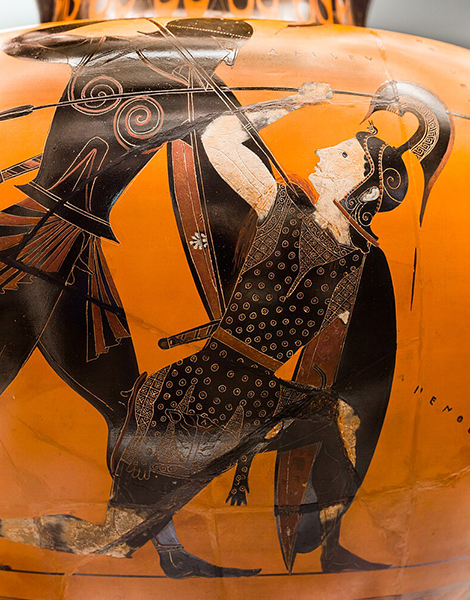
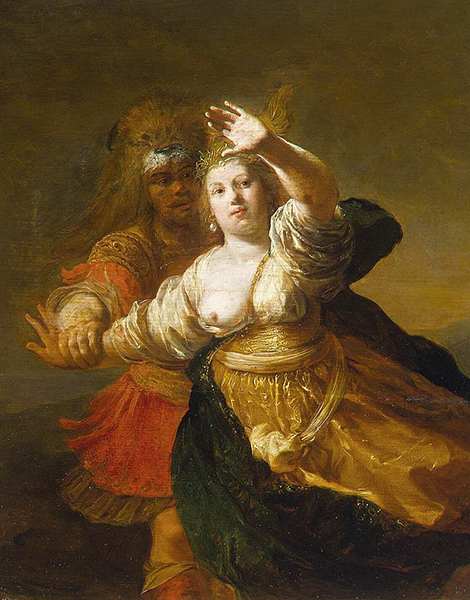
The Origins and Mythology of the Amazons
The Amazons, fearsome daughters of Ares, the Olympian god of warfare, are among the many most enigmatic figures in Greek mythology. Shrouded in thriller and intrigue, they have been mentioned to inhabit distant lands far past the sting of the “civilized world,” within the Pontic-Caspian steppe of Scythia and Sarmatia, north of the Black and Caspian Seas—areas identified for his or her nomadic warrior cultures. The Amazons have been usually depicted as residing in all-female societies the place males have been saved solely for procreation, with daughters raised as warriors and sons despatched away. This legendary society stood in stark distinction to the patriarchal world of historic Greece, the place women’s roles have been largely confined to the home sphere.
The Greek historian and geographer Herodotus (c. 484-c. 425 BC) famously blurred the road between fable and actuality, describing the Amazons as an precise nomadic tribe in Pontus, on the southern coast of the Black Sea. Within the arms of epic poets and artists, the legend of those fierce warrior ladies flourished.
Penthesilea, one in all their most celebrated queens, marched into battle throughout the Trojan Struggle, siding with the Trojans. Her story, as informed within the now misplaced epic “Aethiopis” (in all probability by Arctinus of Miletus, sixth century BC), reaches its tragic peak when she faces the best of the Greek heroes, Achilles. In an epic second of drama and “pathos,” Achilles slays her in fight, solely to be overwhelmed by her magnificence as he gazes upon her lifeless physique. This combination of admiration and sorrow was immortalized in probably the most iconic works of historic artwork: an Attic black-figure vase painted by the grasp Exekias (c. 540 BC), now displayed on the British Museum in London.
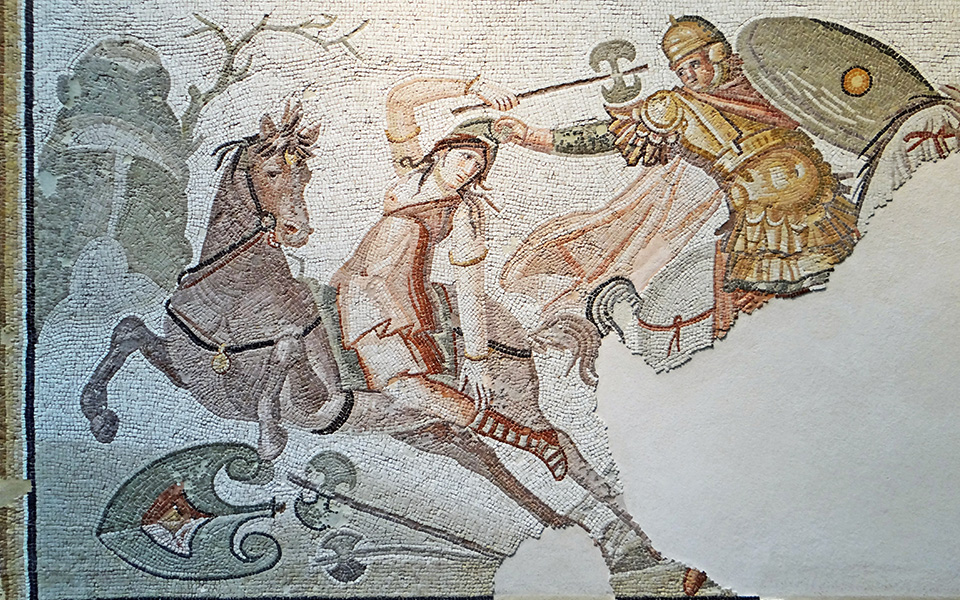
However Penthesilea wasn’t the one Amazon queen to depart her mark on Greek mythology. Hippolyta, one other famend Amazon, possessed a girdle that was coveted by the divine hero Heracles. Based on the parable, acquiring this girdle was the ninth of Heracles’ Twelve Labors, and the search introduced him nose to nose with the fierce Amazon queen. The story displays the Greeks’ awe—and worry—of those warrior ladies, whose power and defiance challenged the very material of their patriarchal world.
The Amazons’ origins as daughters of Ares have been no accident; their fierceness and martial prowess have been as divine as they have been terrifying. One persistent fable about them is that they eliminated one in all their breasts to enhance their archery abilities. The identify “Amazon” itself was thought to return from “a-mazos,” that means “with no breast” in Greek, although this etymology is extensively debated. This fable probably continued as a result of it bolstered the thought of Amazons as otherworldly, violating conventional norms of femininity to excel in warfare.
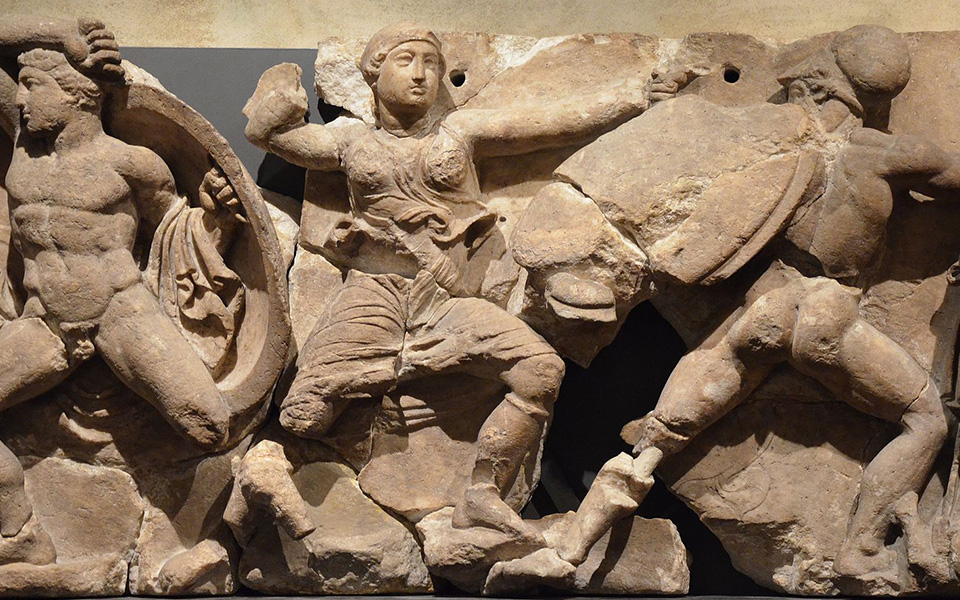
The Iconography of Amazons in Greek Artwork
The Amazons weren’t simply celebrated in Greek literature; they grew to become a preferred and recurring theme in Greek artwork, the place their picture got here to represent the conflict between two worlds: the orderly Greek civilization and the so-called “barbarian” cultures past its borders. Among the many most placing inventive motifs was the “Amazonomachy”—dramatic depictions of battles between Amazons and Greek heroes, which adorned pottery, sculpture, and monumental structure. These dynamic scenes, wealthy with motion and battle, symbolized extra than simply fight; they mirrored the Greek worldview, the place the battle between order and chaos performed out on a grand, visible scale.
For these visiting Greece at present, among the most iconic examples of Amazonian imagery can nonetheless be seen at key cultural websites. The Parthenon, the majestic temple that crowns the Acropolis, options scenes of the Amazonomachy on its west metopes – 9 of which stay of their authentic place on the monument, whereas 4 (nos. 1, 2, 13, 14) are exhibited within the Acropolis Museum. The Athenian treasury at Delphi, the temple of Hephaestus at Athens, the temple of Zeus at Olympia, and the temple of Apollo at Bassae, additionally embrace highly effective depictions of those warrior ladies locked in fierce battle.
These motifs additionally seem in Greek pottery displayed at the Nationwide Archaeological Museum in Athens, the place vases relationship again to the sixth and fifth centuries BC reveal Amazons partaking Greek warriors. Apparently, by the fifth century BC, artists started to painting Amazons sporting Persian apparel, mixing fable with modern fears because the Greco-Persian Wars unfolded.
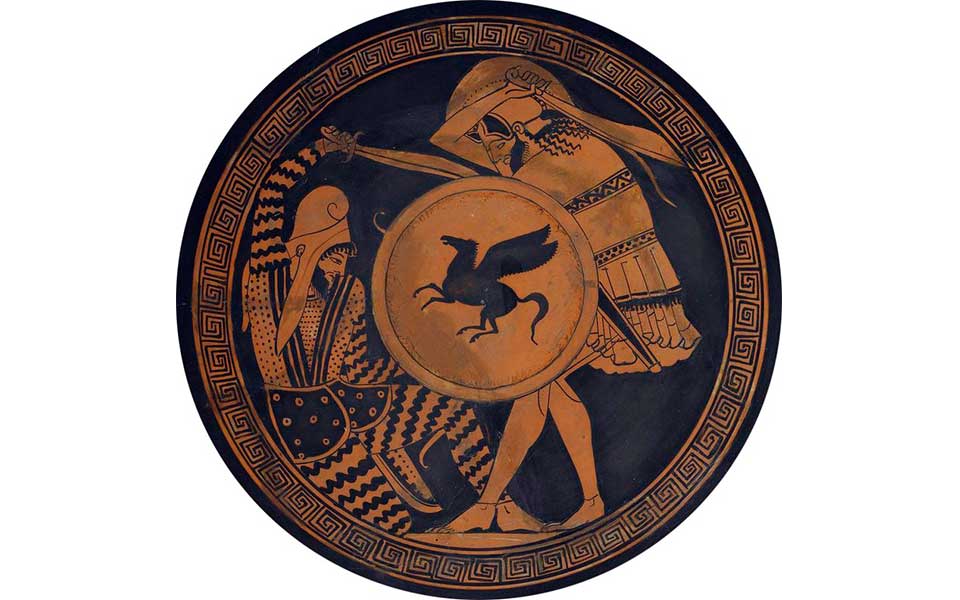
The Amazon Delusion and the Greco-Persian Wars
As tensions between Greece and Persia escalated within the fifth century BC, the legend of the Amazons took on an much more profound significance. Now not merely legendary opponents, the Amazons grew to become symbolic stand-ins for the Persian Achaemenid empire—a overseas energy threatening the very coronary heart of Greek – and, by extension, Western – civilization. The Amazonomachy, as soon as an outline of legendary battles, was repurposed to mirror the struggles of the Greco-Persian Wars (499-449 BC). Simply because the Amazons had represented a overseas, fearsome “different” in fable, they now mirrored the real-world invaders from the East, led by Darius I and Xerxes.
Public monuments and artwork that includes these Amazon battles served as highly effective propaganda, commemorating Greek victories over overseas invaders and, on the identical time, reinforcing the gender order of the day. Feminine warriors have been depicted as each brave and threatening—an alluring but unsettling presence that needed to be overcome to revive stability to the world. In a society the place ladies have been largely relegated to home life, the Amazon fable stood as a potent image of each fascination and worry, a reminder that the road between civilization and chaos was at all times prone to being crossed.
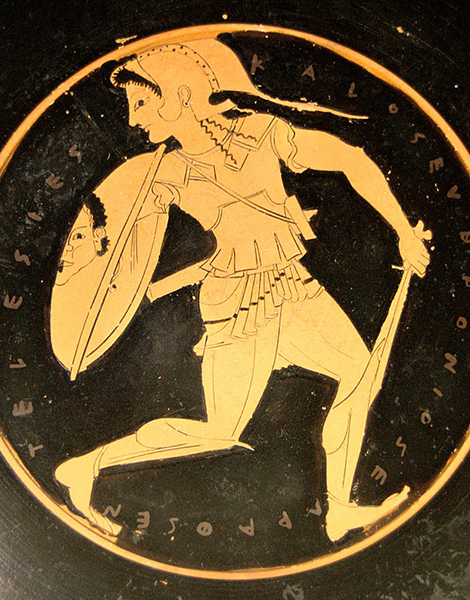
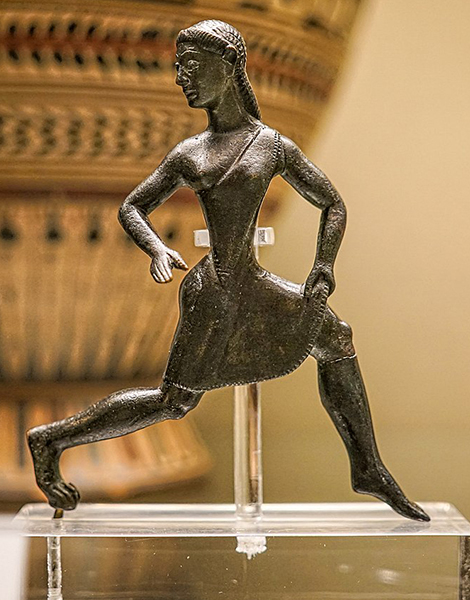
Actual Warrior Ladies: The Archaeological Proof
Have been the Amazons purely the product of Greek fable, or may there have been real-life counterparts that impressed these legendary warriors? Archaeological discoveries in recent times counsel that the thought of feminine warriors might not have been fully imaginary. Excavations within the Eurasian steppe, notably in areas as soon as inhabited by the Scythians and Sarmatians (the latter in modern-day Kazakhstan), have uncovered graves of ladies buried with weapons, armor, and proof of battle wounds. These discoveries lend credence to the notion that tales of warrior ladies have been grounded, no less than partly, in historic actuality.
One notably outstanding burial mound (kurgan) close to historic Tyras, on the northern coast of the Black Sea, relationship to the 4th century BC, revealed the stays of a lady with a deep battle-axe wound to her cranium and an arrowhead lodged in her knee. She was laid to relaxation with iron spears, bronze arrowheads, and a swimsuit of physique armor, clear markers of her standing as a warrior. This isn’t an remoted case. In reality, skeletal evaluation of over 1,000 graves from nomadic cultures within the steppe area has proven that roughly 37% of the ladies have been buried with weapons, lots of them additionally displaying indicators of fight accidents. This means that actual warrior ladies existed in these societies, residing and dying by the sword—maybe the very figures who impressed the Greek legends of the Amazons.
In Athens itself, there are even accounts of Amazon graves positioned inside the metropolis, giving the parable an excellent deeper connection to the true world. Greek writers akin to Plutarch and Pausanias describe burial websites attributed to the Amazons, remnants of their supposed marketing campaign towards Athens. Because the historian Plutarch (c. AD 46 – after AD 119) writes in his Lifetime of Theseus, “… the truth that [the Amazons] encamped nearly inside the metropolis is supported each by place names and by the graves of the fallen.” Based on these accounts, the Amazons fought fiercely, and lots of have been buried in an space often called the Amazoneion, close to the Areopagus and historic Agora. Writing within the 2nd century AD, Greek traveler and geographer Pausanias even recognized the grave of Theseus’ spouse, believed to be Antiope or Hippolyta, close to the Sanctuary of Gaia, additional cementing the Amazons’ place within the Athenian historic panorama.
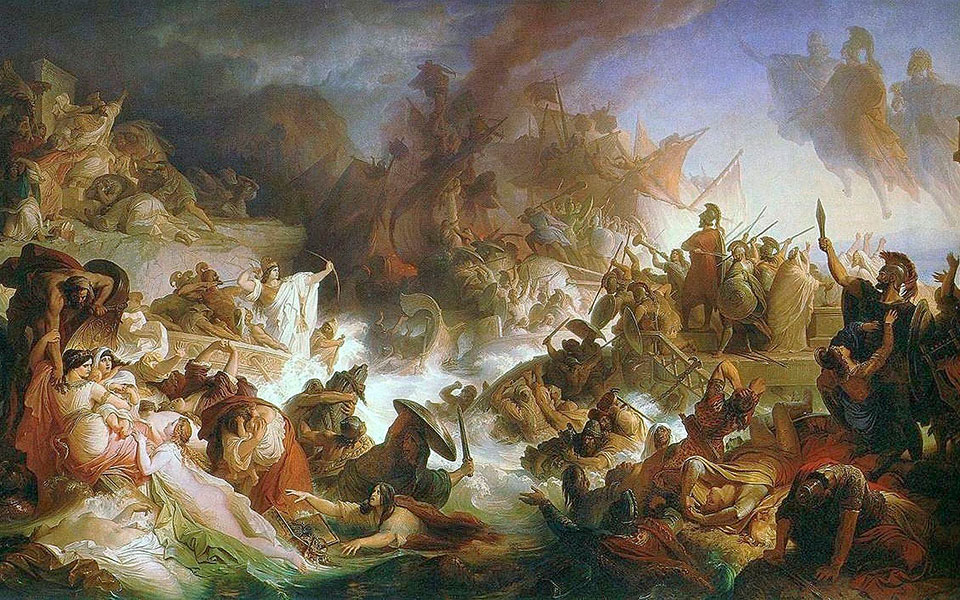
The Position of Ladies in Greek Warfare and Society
Whereas the Amazons characterize an excessive imaginative and prescient of ladies in warfare, actual ladies in historic Greece have been largely confined to home roles. In Athens, ladies had little political or navy energy. Nonetheless, in Sparta, ladies loved better freedom and bodily coaching, because the state believed that sturdy ladies would produce sturdy warriors.
The goddess Athena embodied a singular supreme of womanhood. Because the virgin goddess of warfare and knowledge, she transcended conventional gender roles, representing a lady who possessed all of the martial attributes of males whereas remaining deeply embedded within the patriarchal system.
Whereas the Amazons themselves belonged to the realm of Greek fable, actual ladies did, the truth is, take to the battlefield in antiquity. One such determine is Queen Artemisia of Caria, a historic chief who, regardless of her Greek ethnicity, fought alongside the Persians throughout their invasion of Greece in 480 BC. Based on Herodotus, Artemisia distinguished herself at the naval Battle of Salamis, the place she not solely demonstrated tactical brilliance but in addition earned the respect of Xerxes himself for her strategic insights.
Delusion and Actuality Intertwined
The Amazons of Greek mythology proceed to fascinate as symbols of feminine power, independence, and defiance of conventional gender roles. Whereas they could have been mythologized as a menace to Greek civilization, archaeology means that actual ladies warriors did exist on the fringes of the Greek world, inspiring the tales that proceed to seize our creativeness at present.
Just like the defiant Boudica of historic Britain and the brave “Witches of Bucha” within the present warfare in Ukraine, the Amazons remind us that ladies have at all times had the facility to take up arms and form the course of historical past.



Recent Comments